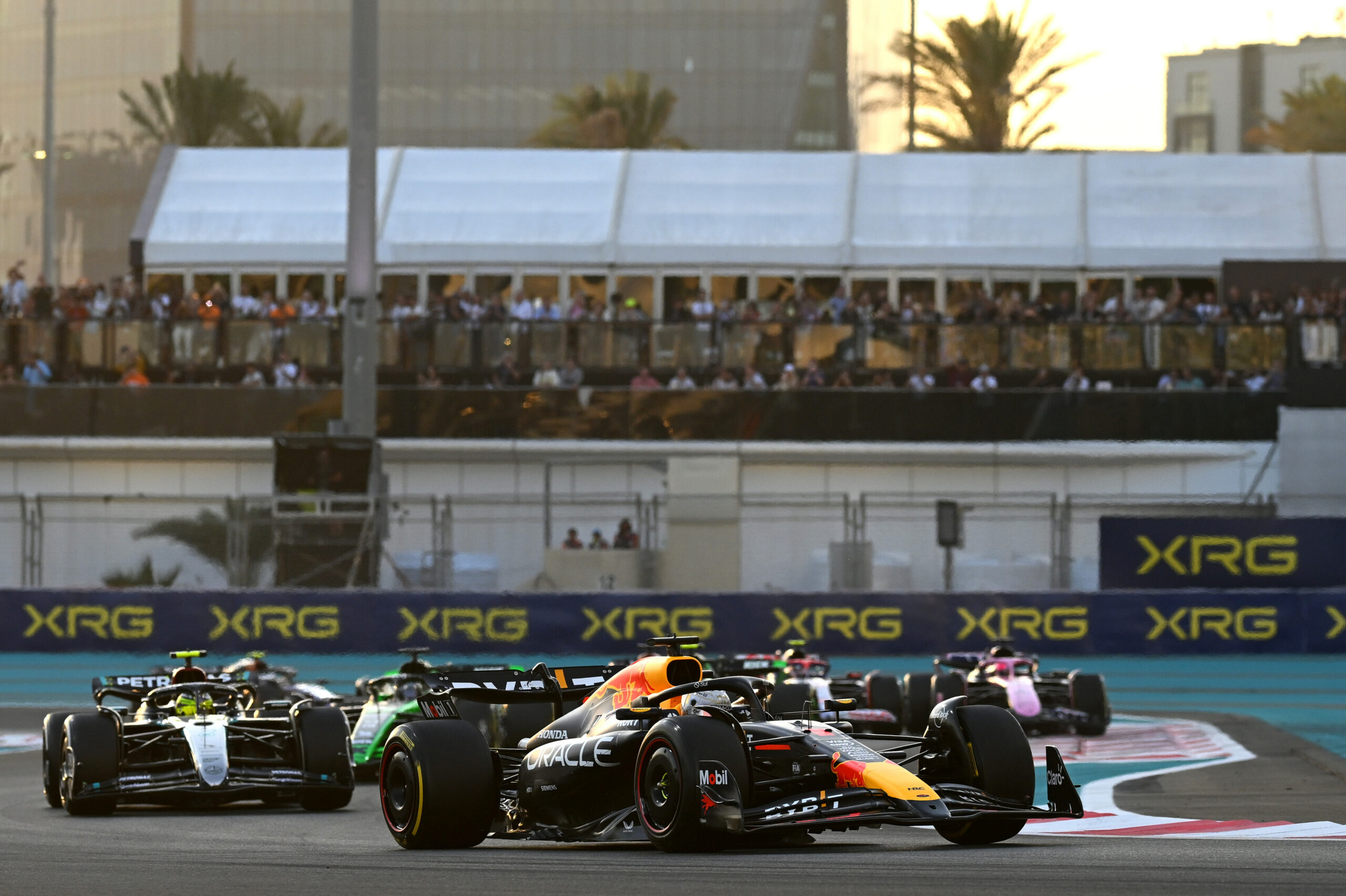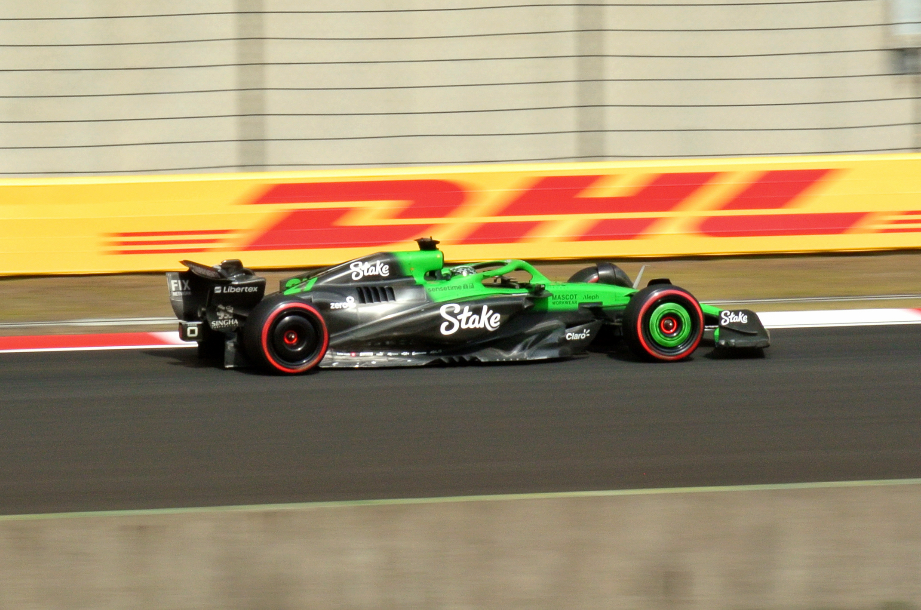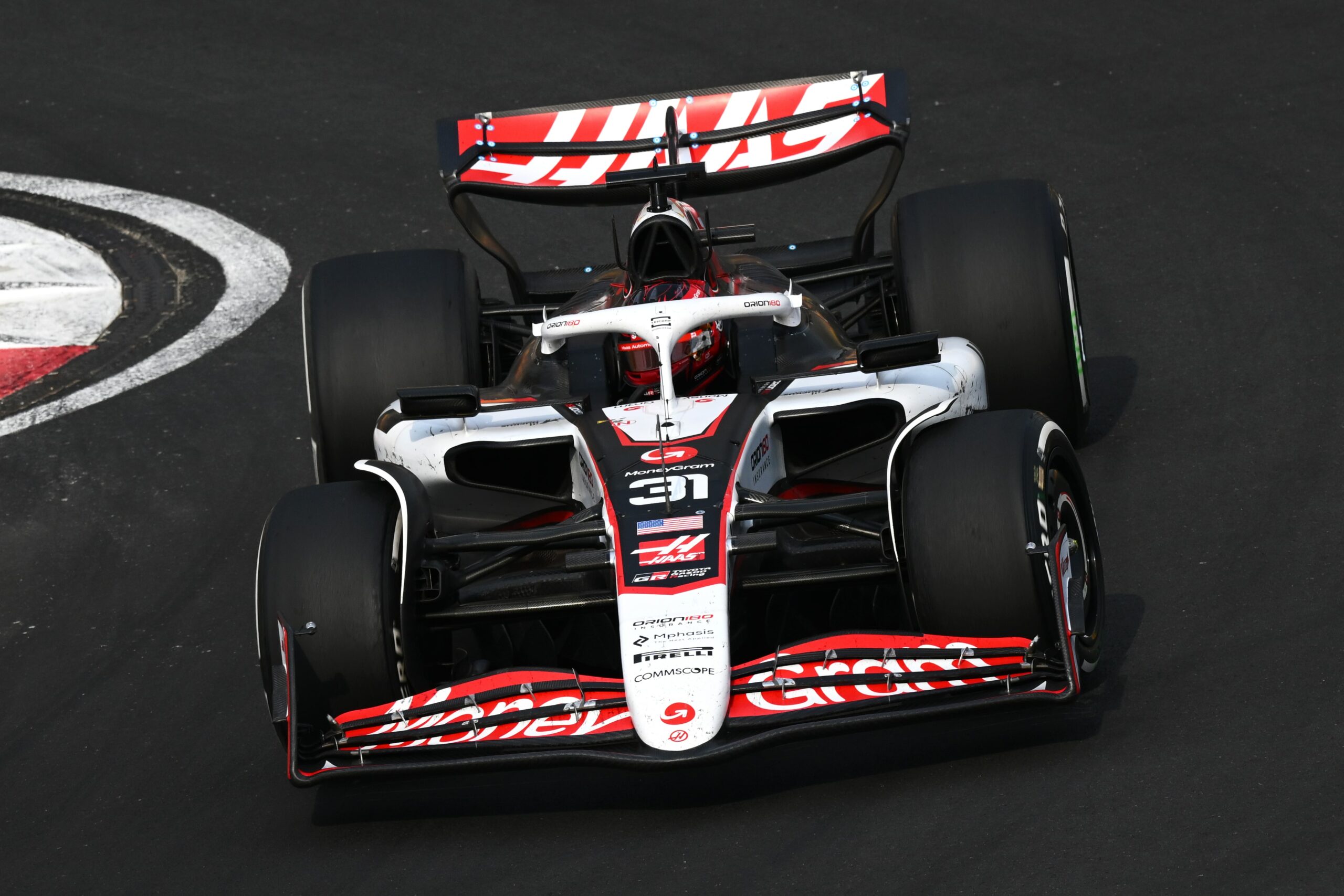It’s no secret that tyre management is a massive factor in driver and team success throughout each Formula 1 race.
In the early part of the season, Mercedes had the upper hand in races as the W14 was gentler on its tyres in comparison to the Ferrari SF-23. However, recent developments to the SF-23 suggest that this initial advantage may be slipping away as Ferrari have finished ahead of them in Monza, Singapore and Japan.

Photo Credit: Mercedes-AMG Petronas F1 Team
Ferrari has made major strides in understanding why their car was experiencing this excessive tyre wear at the beginning of the season. These earlier races saw Mercedes consistently outperforming the prancing horse.
However, this gap in performance has been closing rapidly, with both teams now locked in a battle for second place in the Constructors’ Championship. This shift in car characteristics could have a major impact throughout the remainder of the season.
As witnessed in the Japanese Grand Prix, Ferrari showcased this improved tyre management and as a result, led Charles Leclerc’s Ferrari to the finish line ahead of Lewis Hamilton’s Mercedes.
Mercedes’ trackside engineering director, Andrew Shovlin, attributes the team’s less competitive performance in Japan to a lack of downforce in the car.
Shovlin stated: “I think the performance deficit that was there in qualifying, where we have a bit less performance through the fast corners, it’s the same thing that was costing us in the race.
“I think really this track is just about how much grip you have got in the fast corners. A lot of that will be downforce. And we do look like we were a little bit behind in that regard.
“Ferrari did bring an updated floor. So maybe they’ve moved forward.
“But I think if we look at some of our recent tracks, that advantage we have with degradation, it’s not as evident now in the season as it was in the earlier races.”
Contrastingly, Ferrari team principal, Fred Vasseur, acknowledged the progress that his team has made in improving tyre management.
“If you have a look at the first couple of races of the season, the degradation or the tyre management, were not always our biggest skill.
“Coming to Suzuka with this track temp, we were a bit at risk. But at the end of the day, I think we did a good job on this side.
“The race was under control; the strategy was well managed. We did well. A clear step forward compared to the first part of the season.”





